The dome of the planet was a glittering display for the Pachamama.
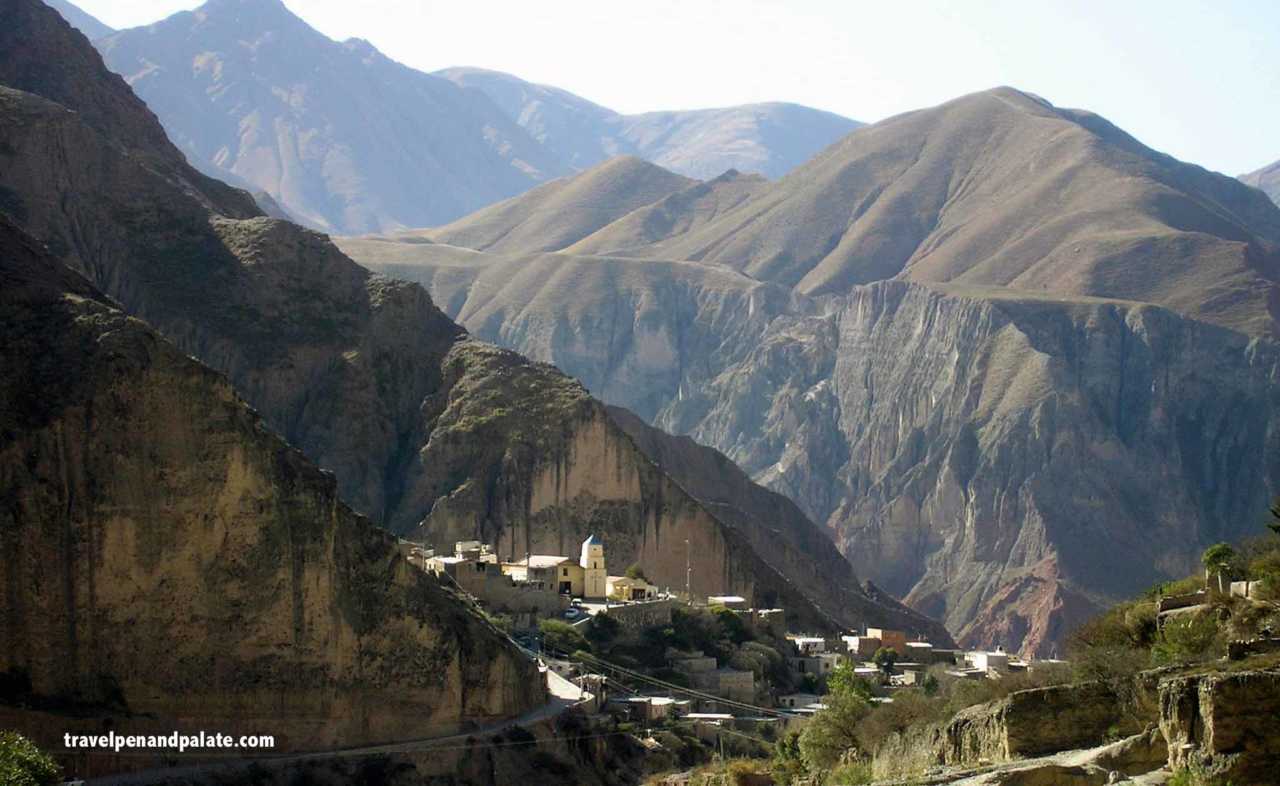
As eyes adjusted, the sky was ablaze with stars. The Milky Way was a sash of white gauze. The Southern Cross stood out clearly despite competition from a few million other constellations. Satellites passed overhead. Stars sparkled white, blue and red. At over 10,000 feet elevation in the middle of the Andes Mountains there is no ambient light to dim the sense of awe.
No wonder for thousands of years the indigenous people of the Andes worshiped the land as a living force and looked upon the Pachamama – the Earth Mother – as their benevolent protector. The mountain environment provided for the people – pack animals, meat, cloth, water from the glaciers for drinking and irrigating the parched land.

Everyone knows the geography – at 5,500 miles the Andes is the longest mountain chain on earth and the most tectonically active. Mt. Aconcagua at 22,840 feet is the second tallest mountain on Earth.
The Andes has some of the finest skiing and most breathtaking scenery to be found anywhere. Glaciers are still growing and water in mountain streams is so pure that some national parks encourage hikers to drink from them rather than bring plastic containers into the environment.
The human side includes cultures that have called it home for 6,000 years. Irrigation canals constructed 3,000 years ago still water agricultural fields and cities. Villages are alive with people in traditional clothing except it’s not a fashion statement. Outdoor clay ovens are still the center of the kitchen and adobe houses are constructed as a community effort without power tools.

In the 16th century, Spanish conquistadors absorbed what is today Argentina’s northern Andes into their silver rich Peruvian viceroyalty, creating a distinct colonial society and planting grapes. By the 19th century Welsh, Swiss, German, Italian, English and French immigrants were settling the southern Andes of Patagonia bringing chocolate, farming, wine and skiing to pristine lakes, mountains and lush valleys.
Like the mountains of Greece, the Andes are sacred with diverse traditions, yet united by geographic realities. Five destinations of many stellar locations from south to north introduce you to El Calafate’s remarkable glaciers, Trevelin’s Welsh singing festival, San Martin’s sailing, Los Penitentes’ solitude and Tilcara’s six millenniums of life.
El Calafate, altitude 700 feet
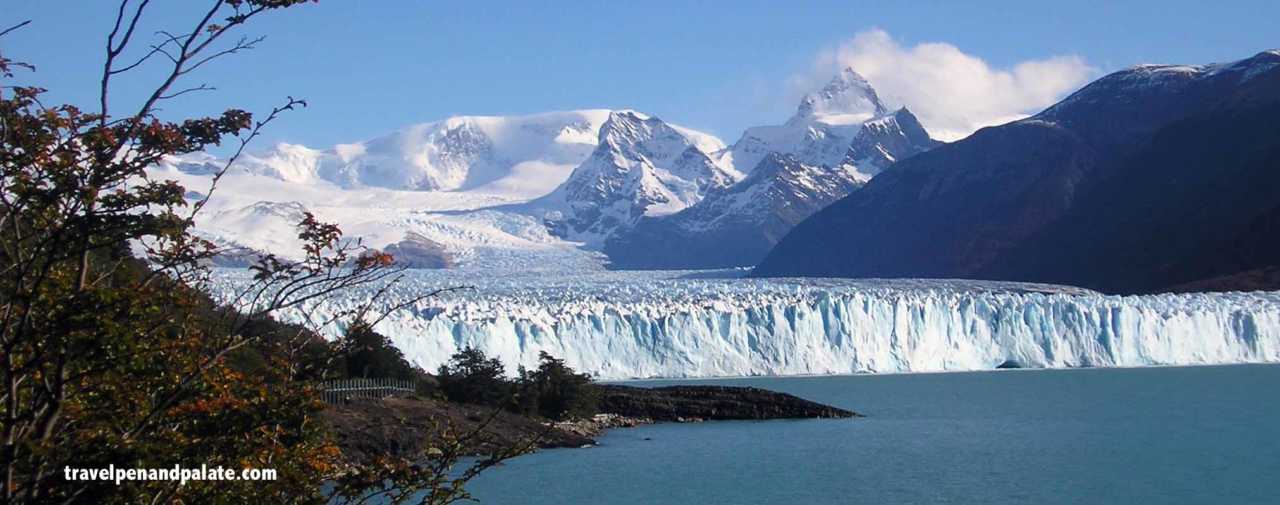
The reason anyone visits El Calafate for the first time is to experience Glacier Perito Merino in Parque Nacional Los Glaciares. El Calafate’s location on the western shore of Lago Argentino, Argentina’s largest lake and the third largest in South America, certainly adds to the town’s appeal.
In 1943, the newly established national park constructed its visitor center in El Calafate. The village had one dirt road and 100 residents. Today, El Calafate is a bustling town of 15,000 residents, and the numbers swell many times during the summer season of December through March. It’s a sophisticated tourist mecca with an impressive landscaped boulevard, Avenida Libertador, lined with high-end shops, restaurants and a casino.
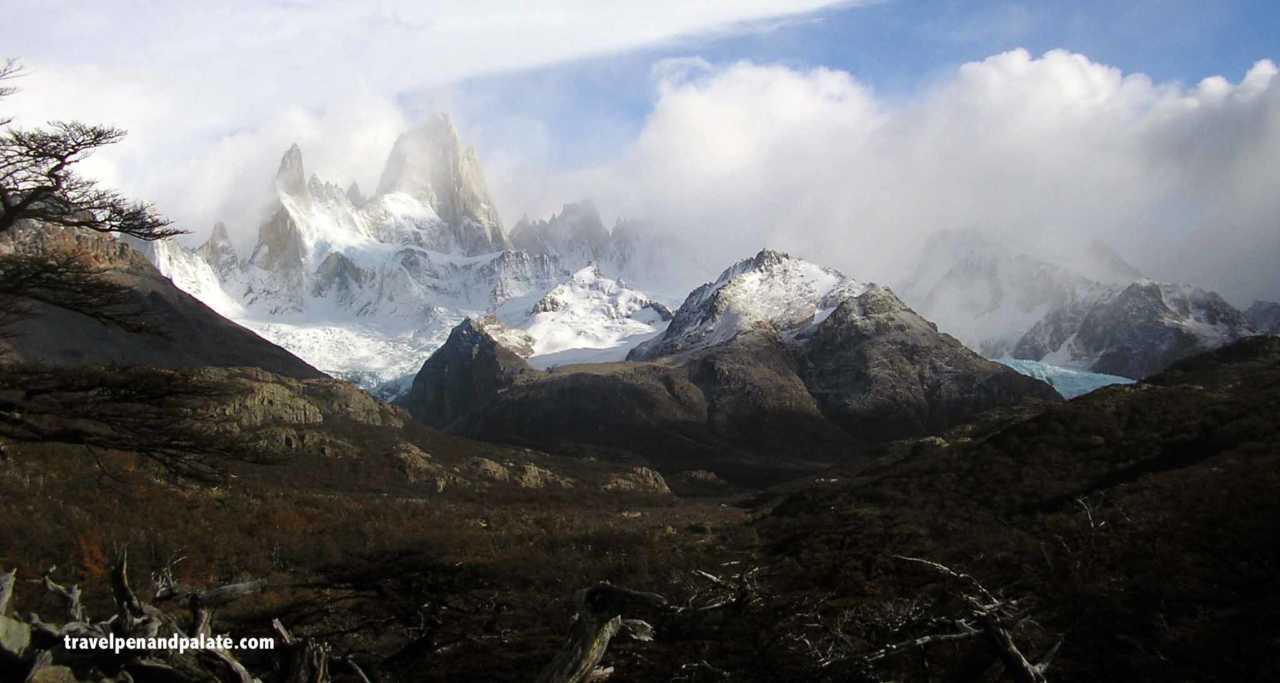
One of the Hielo Continental Sur’s 49 glaciers, Perito Moreno is among a few on Earth that’s advancing. Lake excursions allow a visitor an up close yet safe experience of its massive, crunching, iridescent blue magnificence. Other options include guided treks on the glacier itself, and there is a convenient boardwalk that brings visitors close enough.
In southwestern Argentina’s Patagonia, 1,680 miles southwest of Buenos Aires, travel to El Calafate is best by air although bus connections (will take at least two days) are possible.
Trevelin altitude: 2,400 feet

Green mountains encircle the fertile Patagonian valley that cradles the village of Trevelin. Founded in the 1880s by Welsh settlers, the valley supported a thriving agricultural and cattle economy. John Evens, the town’s founder, established a water-powered flour mill in the 1880’s restored today as the Cartref’Taid Museum.
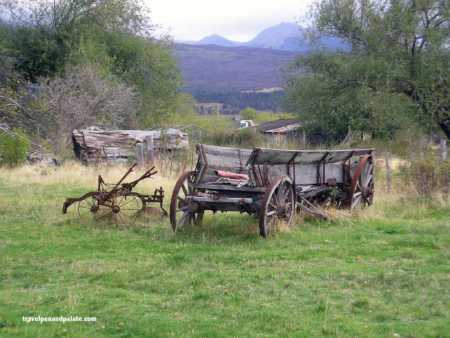
Fruit farming and raising horses still remain, but the large scale farming economy has given way to summer tourism, especially trekking and fishing in nearby Parque Nacional Los Alerces. Trevelin is a comfortable and attractive town that’s proud of its Welsh heritage. Many original Welsh cottage houses remain. A number of B & Bs, cottage rentals and traditional tea houses have been serving an international mix of guests for years. Founders Day, April 30, marks the beginning of the Eisteddfod, a three day traditional Welsh singing festival.
Bus service is available from Buenos Aires. Trevelin lies 1,140 miles southwest of the capital. It is possible to fly to Mendoza or Bariloche and continue to Trevelin by bus.
San Martin de los Andes, altitude 2,100 feet
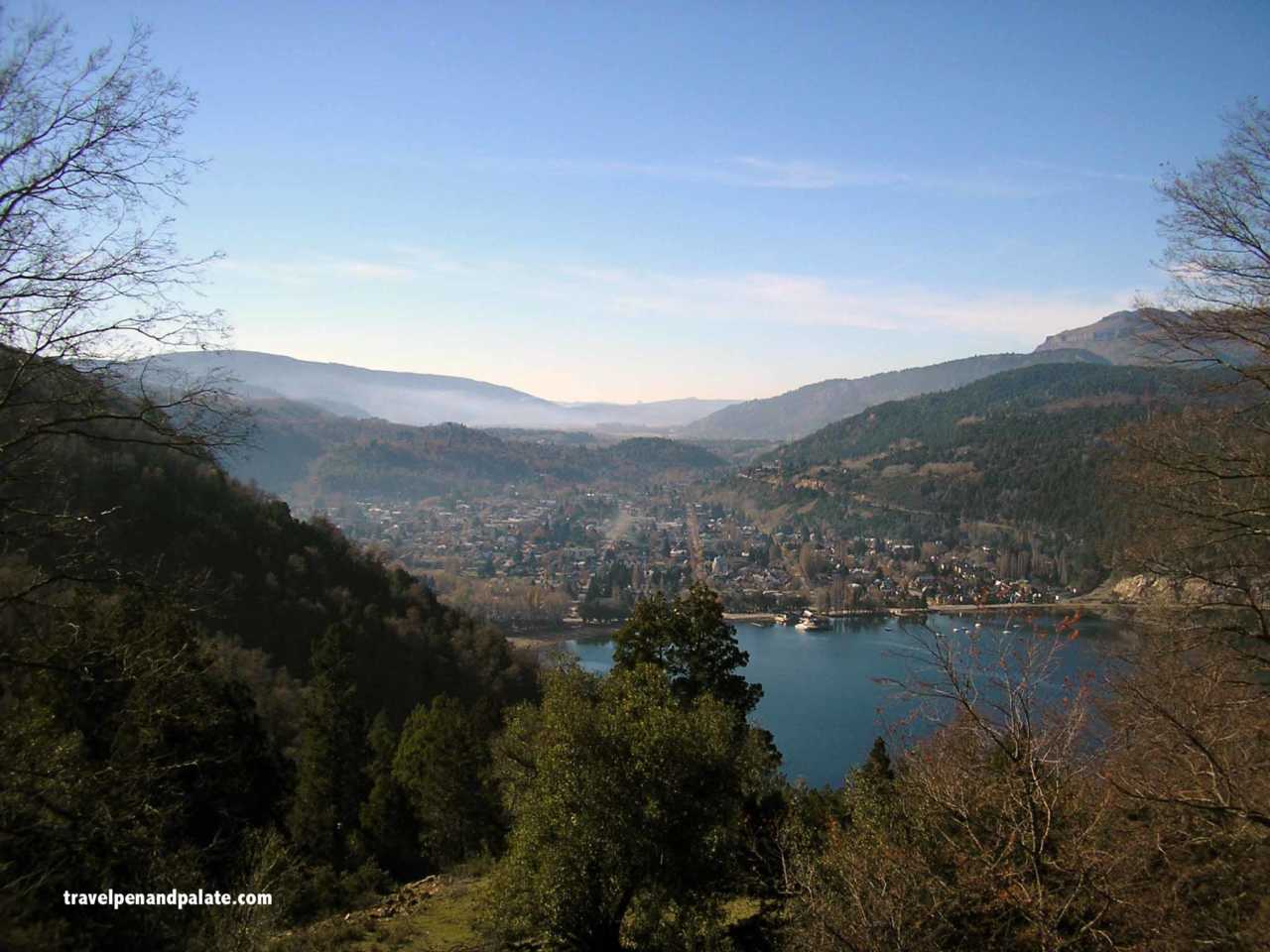
San Martin de los Andes, in Argentina’s renowned Lake District, is arguably the country’s most beautiful town! It’s a sought after resort for Argentina’s affluent. San Martin is a relaxed family and couples town catering to those wishing peace and quiet, good restaurants, boating, fishing, hiking or shopping.
In the winter, a major ski resort, Chapelco, lies just a few miles south of town. In the off-season it’s quiet yet nearly everything is open. There are no museums or casinos, just natural beauty.
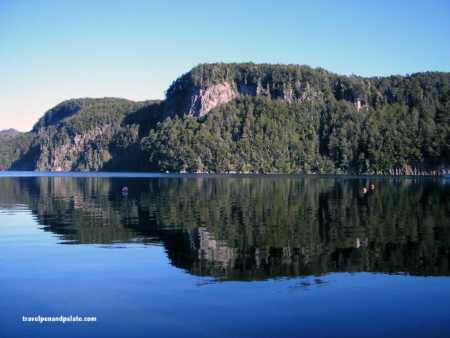
To truly experience the lakes, especially along scenic Ruta de la Sieta Lagos (Route of the Seven Lakes), it is best to rent a car. It runs through Parque Nacional Nahuel Huapia to Bariloche. In the summer months bus service is available. Parque Nacional Lanin surrounds San Martin de los Andes and stretches north.
Large vacation homes cling to the mountainsides. Dozens of hotels, apartment hotels, rental cottages and inns are scattered all over San Martin de los Andes. High-end stores, especially women’s clothing, line the avenues. Six manicured plazas dot the town.
San Martin de los Andes is 960 miles west of Buenos Aires with direct overnight bus service. By air fly to Bariloche and continue by bus or car rental to San Martin de los Andes along the Route of the Seven Lakes.
Los Penitentes, altitude: 8,400 feet
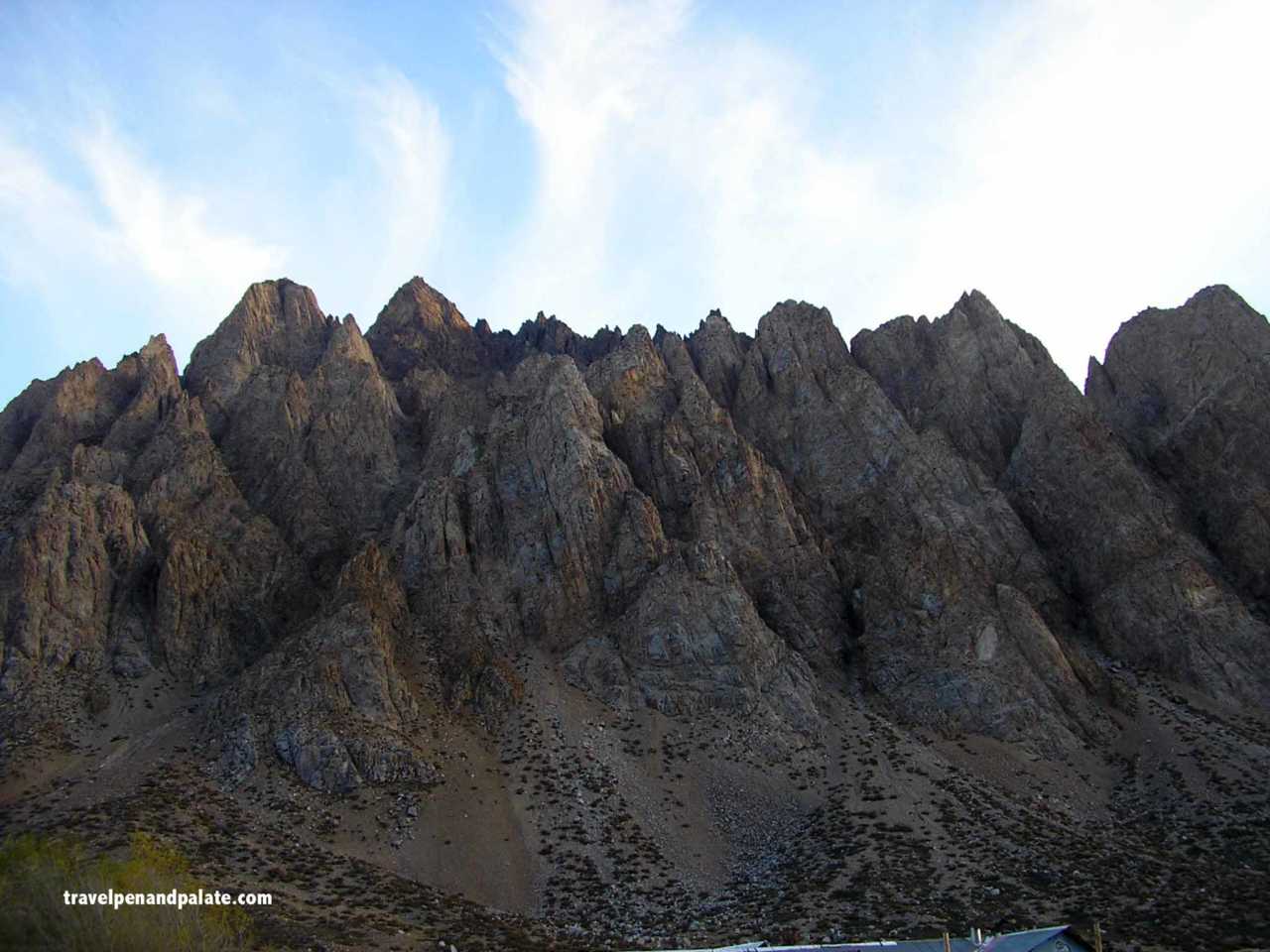
Los Penitentes is central Argentina’s main ski resort area. In the summer it’s an important trekking center to explore the second highest mountain on Earth, the 22,840 foot Monte Aconcagua. Los Penitentes is on route #7, the main highway between Mendoza’s wine country and Santiago, Chile and only a few miles from the Chilean border.
Besides skiing and hiking in wilderness solitude, there’s a nearby oddity, Puente de los Incas. From the 1920’s until its destruction in a major flood in 1965, a luxury spa utilizing the volcanic thermal sulfur springs put the town on the map with Argentina’s high society. Unfortunately for Puente de los Incas the spa was never rebuilt. The puente in the town’s name refers to a natural rock bridge formation that was incorporated as part of the spa.
From the village of Los Penitentes you can have a very quiet hike for 3½ miles to Puente de los Incas through barren stillness on an abandoned railroad track – or you can take a taxi. The railroad tracks, some of the highest once operating on Earth, connected Mendoza with Santiago, Chile, prior to the construction of Route #7.
Los Penitentes is connected to Mendoza by bus and then to Buenos Aires, 840 miles east, by bus or air.
Tilcara altitude: 8,100 feet
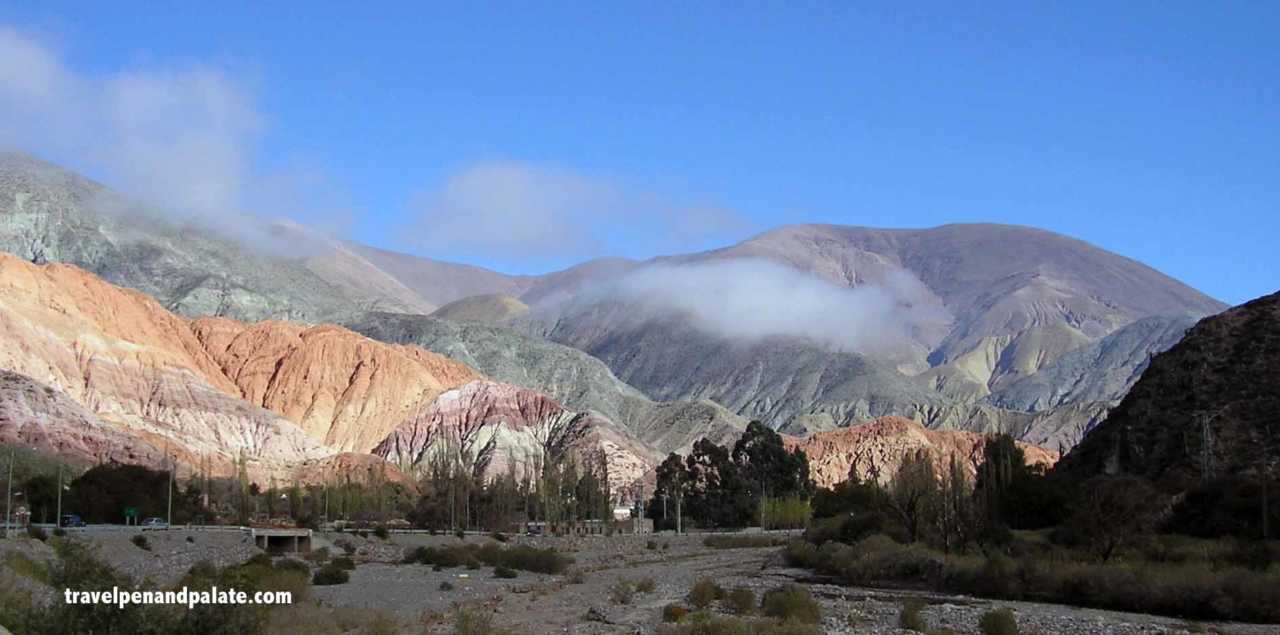
Set in the middle of the Quebrada de Humahuaca, the UNESCO World Heritage site of Tilcara is an adobe backdrop for the stunning multi-colored reds, greens and pinks of the surrounding Andes.
Tilcara is an excellent base to explore this region, including villages with an equal history – Uquia, Purnamarca, Humahuaca, Iruya and the Salinas Grande salt flats. Guided excursions are recommended that can reach elevations of over 14,000 feet through breathtaking mountain passes.
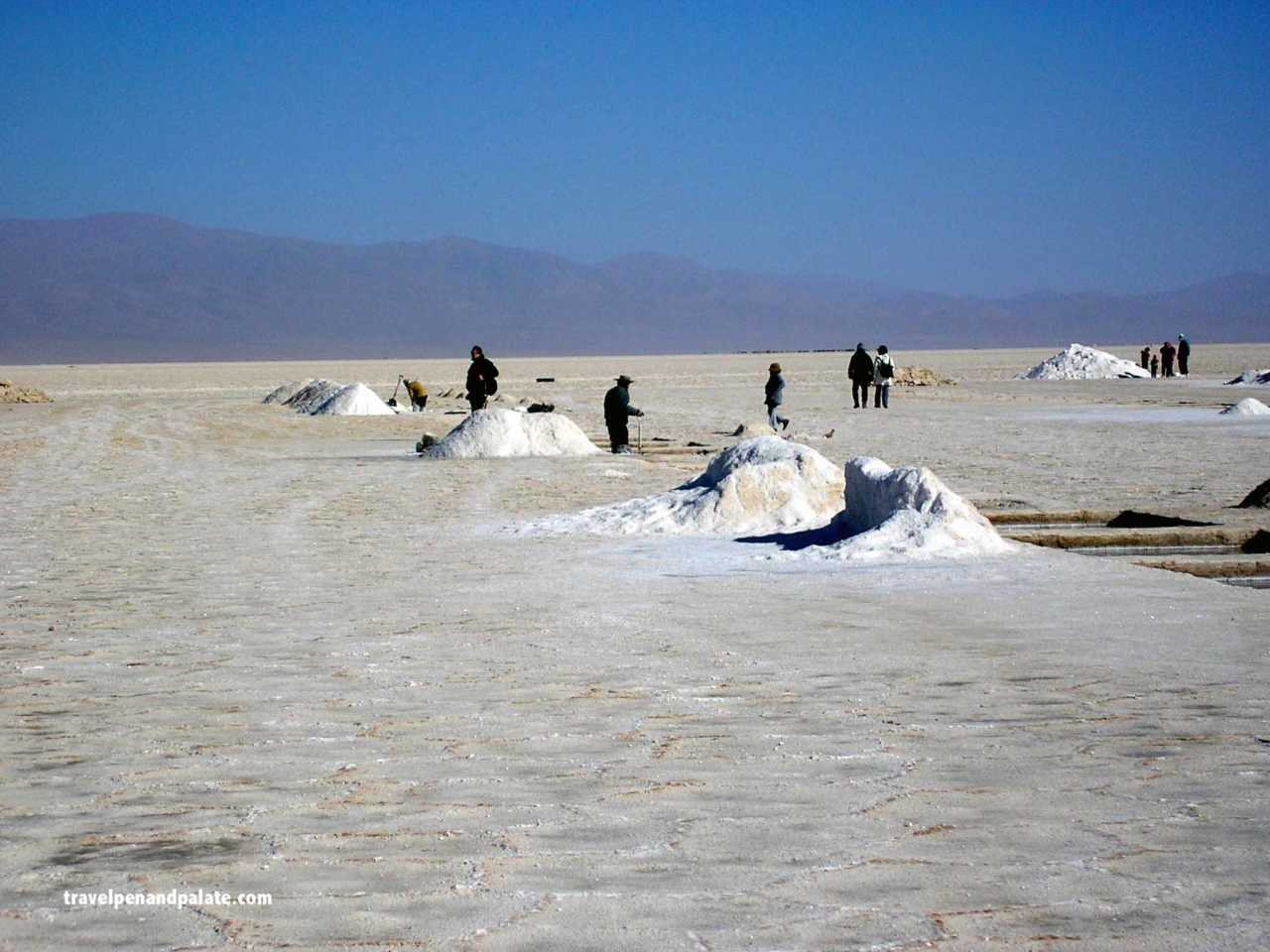
Tilcara has been host to humans for over 6,000 years. Settlements such as Tilcara’s El Pukara were constructed by the Quechua culture and housed over a thousand people who channeled river water to irrigate fields and created a sophisticated society.
Even though the Inca and the Spanish conquered the Quechua, neither ever fully altered Quechua traditions. The pleasant Museo Arqueologio, housed in a handsome 18th century adobe house, is a good introduction to this fascinating region.

Today a tourist industry has developed in Tilcara attracting top artists from around Argentina. Shops selling unique jewelry, paintings and crafts are common. Comfortable small hotels, inns and restaurants are frequently booked solid on weekends year round.
Tilcara is 960 miles northwest of Buenos Aires reached by bus or air to Salta then changing to bus or car north to the village.
Tilcara is close to the Bolivian border, which is the start of Argentina’s legendary Ruta 40. This historic, partially paved road (construction in the early 20th century) runs 3,000 miles to the southern most reaches of Argentina’s Patagonia. It is possible to travel the entire distance by rental car (recommend 4-wheel drive) or through a variety of bus segments linking the route’s many destinations. It’s a road trip that earns the superlative “an experience” – total immersion into the Andean world.
Argentina has an excellent road and air system. Its luxury bus companies provide safe, comfortable and reasonably priced service, which prides itself on sticking to schedule. Long distance travel on overnight buses with seats that recline 180º are available to many destinations. Blankets, pillows, meals and often wine is included.
For over 2,000 miles the Andes forms the backbone of Argentina. Distances are long but the journey is not only worth the trek it’s part of the enjoyment.

Travel with Pen and Palate every month to Greece and the world in the Hellenic News of America





